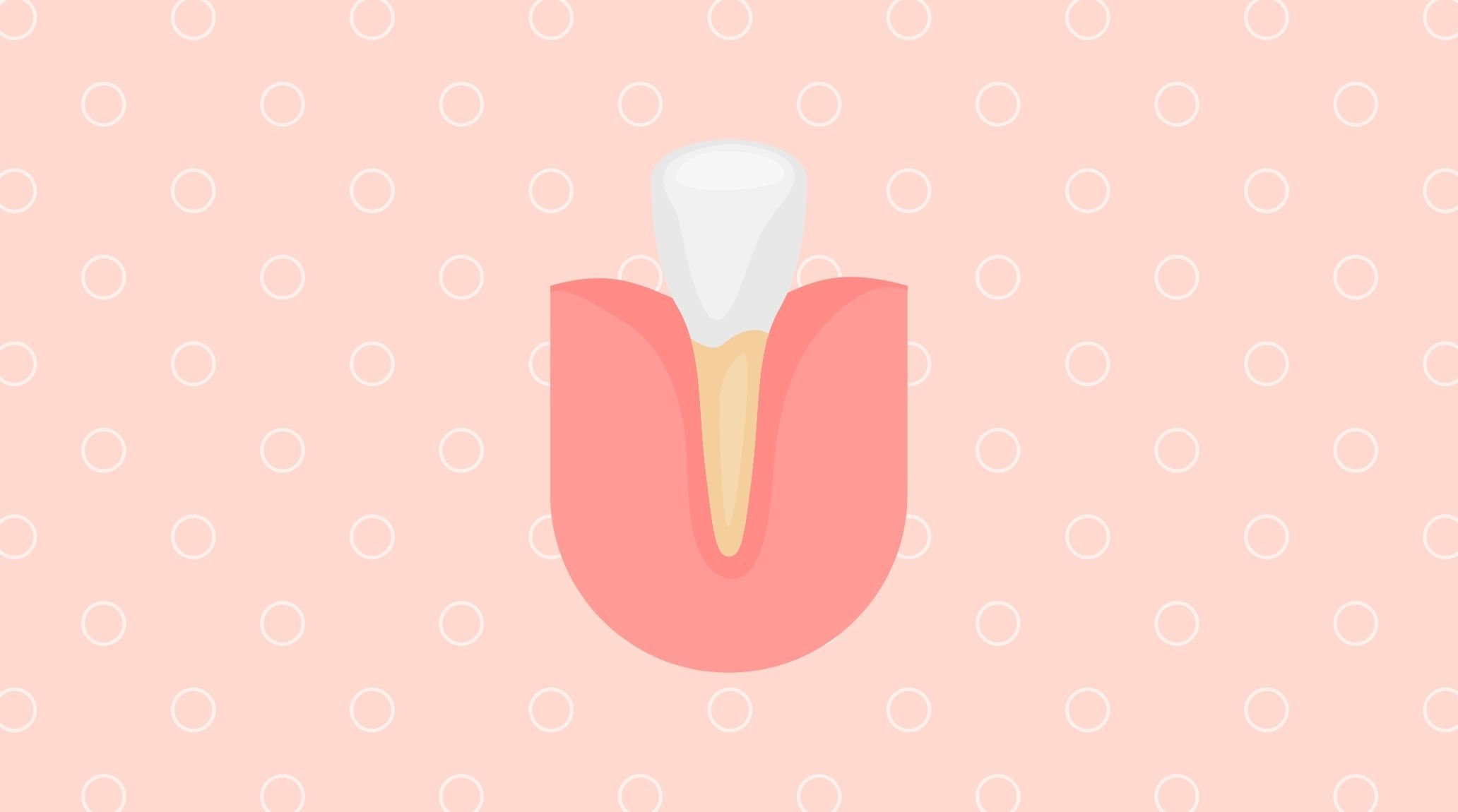
“
Discover 20 Interesting Facts About Incisors, the essential teeth at the front of your mouth. Incisors are not just for biting into food; they play a crucial role in our daily lives. This blog delves into their unique features, functions, and importance, shedding light on how these teeth contribute to your overall oral health and daily activities. From their evolutionary significance to their role in speech, get ready to explore everything you need to know about incisors. Dive into these exciting facts about incisors and enhance your understanding of these vital teeth!1
1
”
Incisors are the sharp, chisel-shaped teeth at the front of your mouth, designed for cutting food. Adults typically have eight incisors—four on the top and four on the bottom—making them essential for biting into food.1
Human incisors start developing in infancy, with baby or deciduous teeth replaced by permanent adult incisors between the ages of six and eight. These teeth are among the first to emerge and fall out.2
The lower incisors are typically the first teeth to appear in children, usually before the upper ones. These early teeth are essential for helping children bite into softer foods as they develop.3
Incisors are more sensitive to cold than other teeth because their thin enamel layer provides less protection to the sensitive inner dentin, which is why cold foods or drinks can cause discomfort when biting.4
Incisors have a single root, unlike molars, which often have multiple roots. This single-rooted structure contributes to their more delicate appearance and function compared to other types of teeth in the mouth.5

In some mammals, incisors continue growing throughout their lifetime. Rodents like rats and beavers must constantly gnaw on materials to keep their incisors from growing too long, preventing dental issues.
Incisors are essential for speech as they help form certain sounds by controlling airflow and tongue placement. Without them, producing sounds like “f,” “v,” and “s” would be difficult, affecting communication abilities.6
Herbivores and omnivores sport larger incisors for efficiently biting off plant material and preparing food for chewing. In contrast, carnivores have smaller incisors, relying on their sharp canines and carnassial teeth to shred meat and crack bone.7
In ancient human societies, worn-down incisors were common due to diets that involved chewing hard, gritty foods. Modern diets have reduced the wear, leading to fewer dental problems caused by constant biting pressure.8
Injury to the incisors is common during childhood, especially in active or contact sports. Wearing a mouthguard can help protect these teeth from fractures, chips, or displacement, which can require significant dental work to repair.9
The enamel of incisors is the hardest substance in the human body, protecting them from damage during normal use. However, enamel can wear down over time, increasing the risk of cavities and sensitivity in these front teeth.10
Elephants have large tusks up to 10 feet long for digging, foraging, and fighting. Horses' incisors adapt to grazing, helping estimate age, while rodents' continuously growing incisors are perfect for gnawing.11
Bruxism, or teeth grinding, can cause severe wear and tear on incisors. This condition often occurs during sleep, wearing down the sharp edges of incisors and leading to sensitivity, chipping, or fractures over time if untreated.12

Some people may experience an abnormal alignment of incisors known as malocclusion, where the upper and lower teeth do not align properly. This condition can cause difficulties in biting and may require orthodontic treatment to correct.
Incisors are the most visible teeth when smiling, making them a focal point in cosmetic dentistry. Treatments like whitening or veneers often focus on enhancing the appearance of incisors to improve overall smile aesthetics.13
In horses, incisors can indicate age. As horses grow older, their incisors change in shape and angle. Veterinarians can estimate a horse’s age by examining the wear patterns on its incisors, a useful tool for caretakers.14
In cases of dental trauma, incisors can be successfully replanted if knocked out, provided they are handled carefully and replanted within 30 minutes. Quick action significantly improves the chances of saving the tooth.15
Some people are born with extra incisors, a condition known as supernumerary teeth. These additional teeth may require removal to prevent crowding and misalignment of the natural incisors and other teeth in the mouth.16
Incisor teeth can sometimes be fused, a rare dental condition where two tooth buds join together during development. This can result in an unusually large tooth that may affect appearance and dental function.17
The shape of incisors can vary based on ethnicity. For example, many individuals of Asian descent have shovel-shaped incisors characterized by a pronounced ridge on the back surface, which provides extra strength for biting.18


